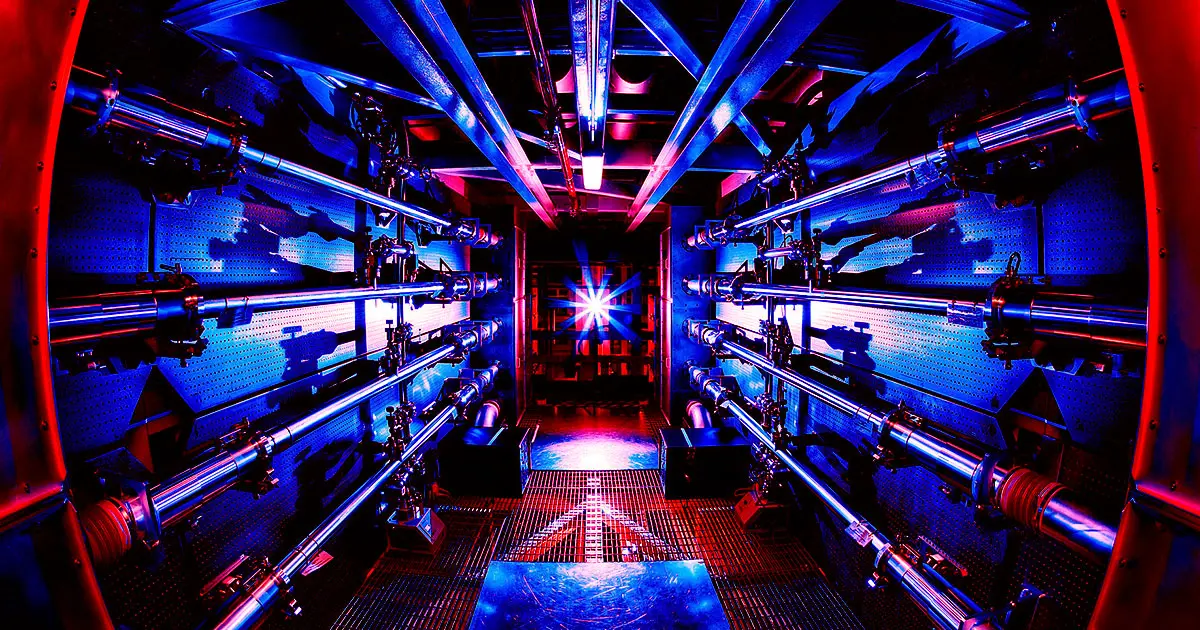Nuclear fusion, the same process that powers stars, offers a glimpse of a future powered by clean and sustainable energy on Earth. But there’s a catch: achieving it requires recreating the extreme heat and pressure found at the heart of a star.
One promising solution is laser fusion, which uses intense laser pulses to compress and heat hydrogen isotopes (deuterium and tritium) within a capsule. This project, titled “X-ray laser optimization of laser fusion” (ROLF), led by Dr. Tobias Dornheim, aims to improve our understanding of hydrogen compression in laser fusion.
A major challenge is achieving stable and uniform compression of the fuel capsule using the laser blast. This is critical for maximizing fusion efficiency and energy output.
To address this, Dr. Dornheim’s team focuses on understanding warm dense matter (WDM), a unique state of matter found in stars and planets, existing between condensed matter and hot plasma.
Large facilities like HIBEF and NIF use powerful lasers to create WDM for brief periods. Dr. Dornheim’s team collaborates with these facilities and utilizes X-ray Thomson scattering (XRTS) for analysis.
Traditionally, XRTS data analysis relied on approximations. Dr. Dornheim’s team has developed a new method using the Laplace transform that eliminates approximations, leading to more precise data evaluation.
The ROLF project aims to create an open-source software package based on this method, making it accessible to the entire laser fusion research community. Additionally, the team plans to extend the method beyond temperature determination to include other crucial variables like density and ionization level of WDM.
The newly developed software will be used to analyze existing XRTS data and develop new measurement techniques. These findings will then be incorporated into laser fusion simulations, leading to significantly improved capsule compression and paving the way for a new generation of fusion experiments.

